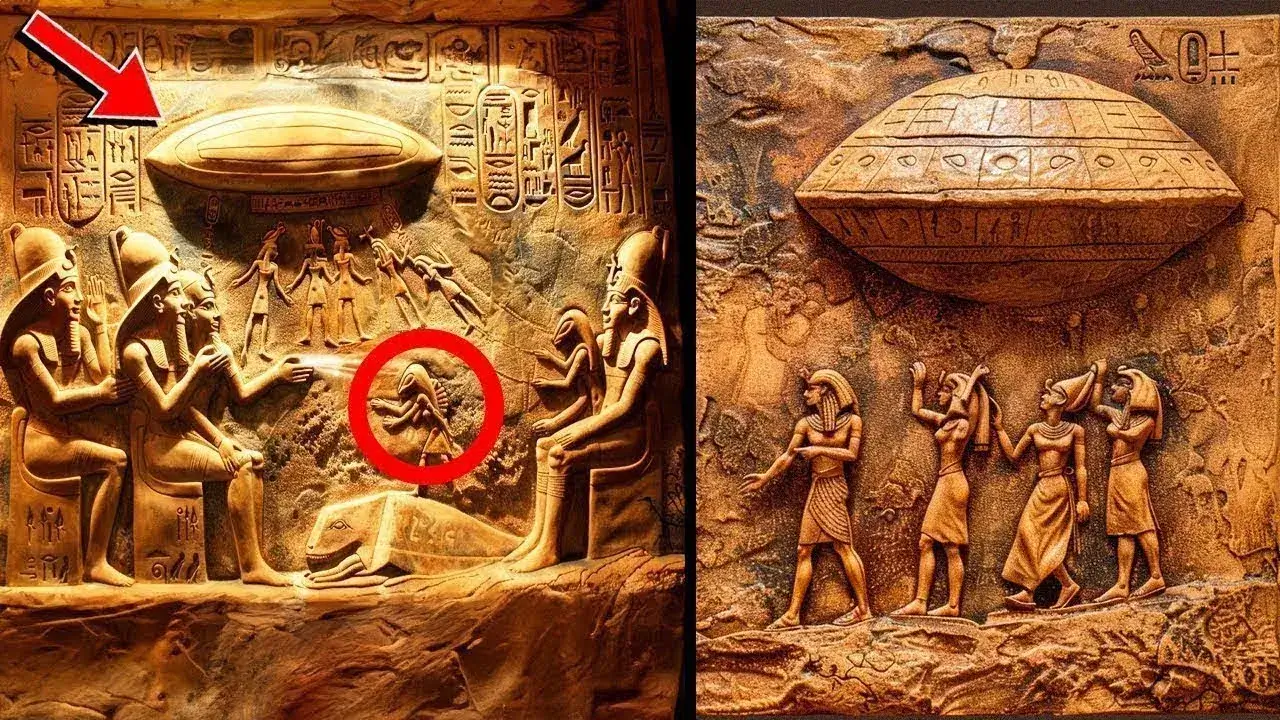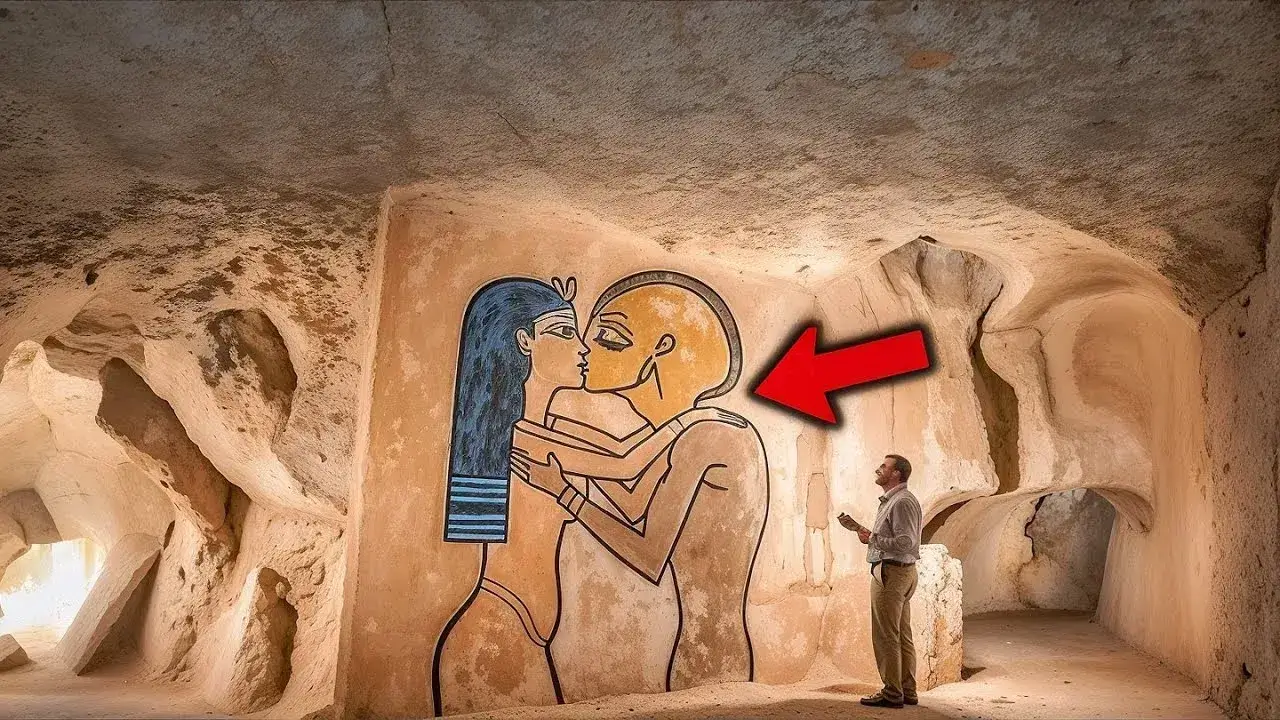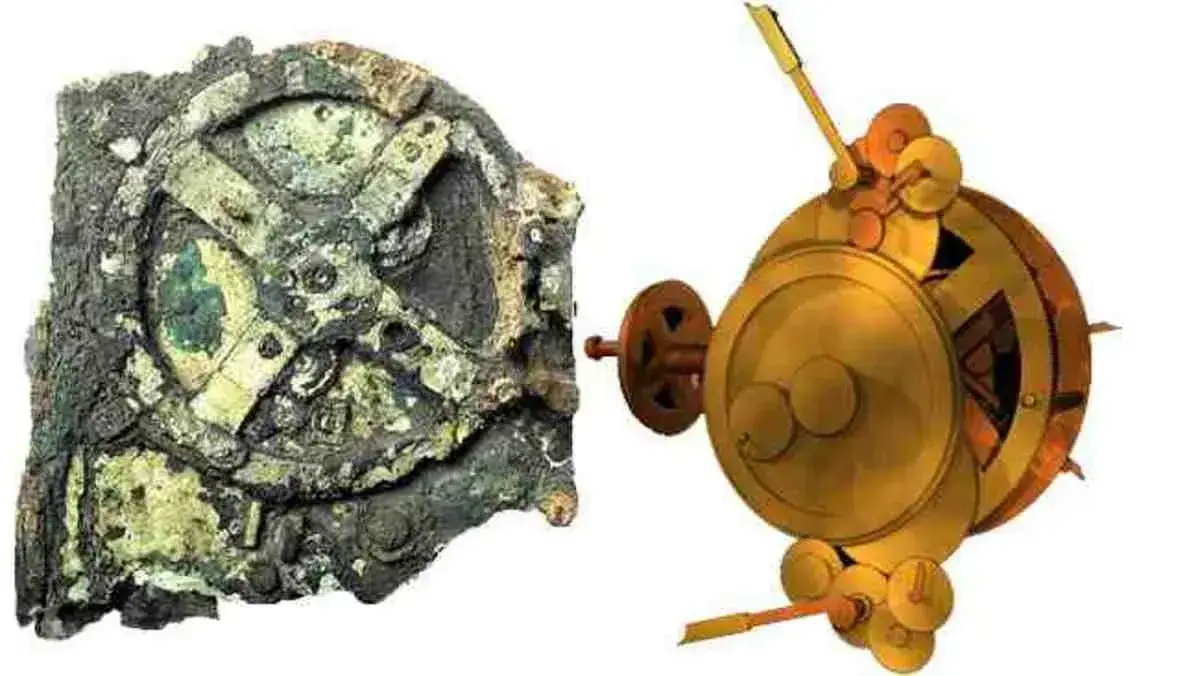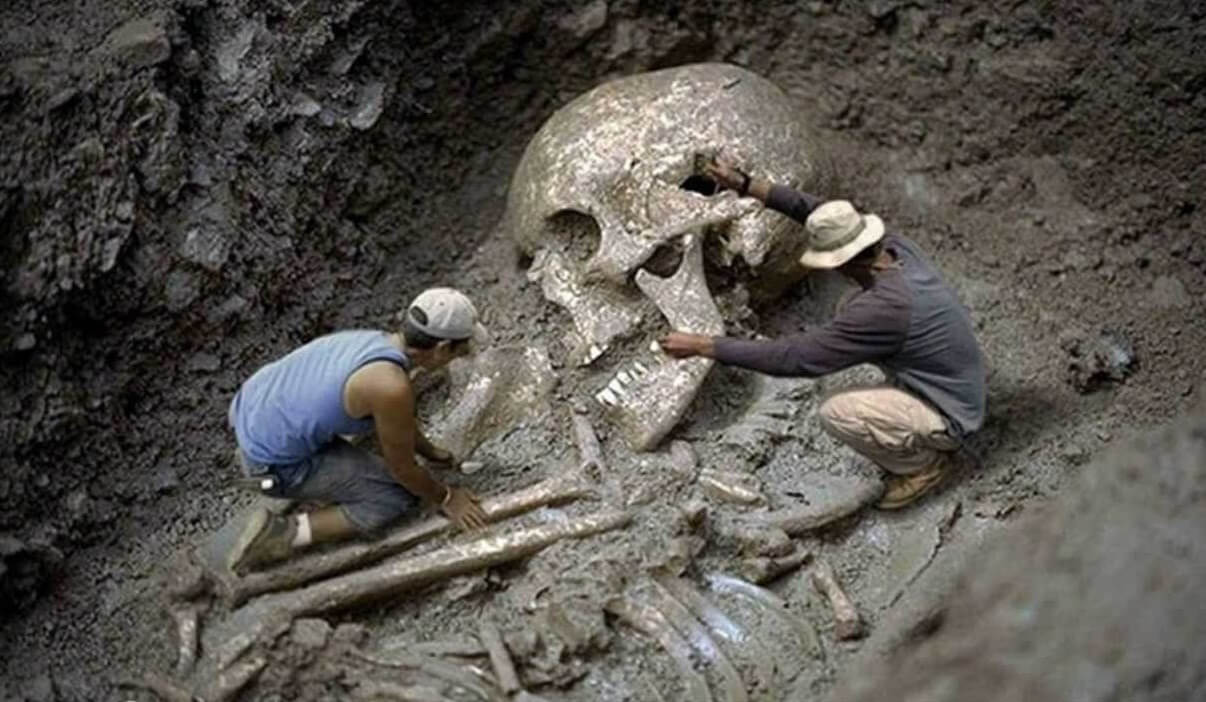
Archaeologists Discover Ancient Egyptian Machine That Defies Modern Technology
These ancient artefacts, from water clocks to the Aiud Wedge, challenge our understanding of history and human capabilities.
Throughout history, artefacts and architectural structures have surfaced that challenge everything we think we know, revealing technology so advanced that it seems impossible for their time. From intricately crafted metals and mysterious texts to complex machines that appear centuries ahead of their era, these discoveries continue to baffle modern historians, archaeologists, and scientists.
Today, we will explore some of these perplexing finds that defy logic and invite us to question our understanding of the past.
Are you ready to open your mind to these astonishing possibilities?

One of the earliest known time-measuring devices, the water clock or “clepsydra,” dates back to ancient Egypt around 1500 BC. This ingenious invention measured time through the controlled flow of water into or out of a vessel. The earliest Egyptian water clocks were simple ceramic vessels with a small hole at the bottom, allowing water to escape at a steady rate to mark the passage of time. These devices were crucial in various aspects of Egyptian life, from administrative tasks to religious ceremonies. As knowledge of fluid dynamics evolved, the Greeks and Romans enhanced water clocks with gears and dials, significantly improving their accuracy and demonstrating a sophisticated understanding of hydraulic engineering.
The nilometer was another crucial tool in ancient Egyptian civilization, used to predict the flood levels of the Nile River. Its ability to measure the river’s height allowed for efficient agricultural planning, ensuring the optimal use of resources. Different types of nilometers existed, from stepped wells to vertical columns, each serving the same purpose: to gauge water levels and guide agricultural productivity. The development of such technology highlights the Egyptians’ remarkable capacity to adapt to their environment and their advanced understanding of hydrology.

In Classical Greece, an innovation known as the Greek crane revolutionized construction techniques around the 6th century BC. This powerful yet simple device enabled the lifting of massive stone blocks essential for the construction of grand structures such as temples and theatres. Featuring wooden beams, ropes, and pulley systems, the crane significantly reduced labour requirements and allowed for more ambitious architectural feats, such as the Parthenon.
How did the Greeks develop such sophisticated engineering techniques with their available resources?
The Shigir Idol, discovered in 1890 in Russia’s Ural Mountains, challenges preconceived notions about prehistoric art and culture. Dated to over 12,000 years ago, this wooden statue is the oldest of its kind in the world. Carved from pine wood and originally standing over 5 meters tall, its intricate geometric patterns suggest a profound capacity for abstract thought and symbolic representation.
How could ancient societies, often considered primitive, create such complex and meaningful art?
The Roswell Rock, discovered in the early 2000s in Roswell, New Mexico, has sparked controversy among researchers and sceptics alike. This small rock features precise geometric patterns resembling crop circles and exhibits unusual magnetic properties not commonly found in such materials. Could this be evidence of extraterrestrial contact, or is there a more grounded scientific explanation waiting to be uncovered?
In South Africa, near the town of Ottosdal, miners have unearthed mysterious spherical objects made of pyrite minerals. Some of these spheres, estimated to be around 3 billion years old, exhibit finely grooved surfaces that appear to be machined. The existence of such precisely shaped objects from a time when Earth lacked intelligent life challenges our understanding of geological and possibly extraterrestrial influences. Were they naturally formed, or do they hint at an ancient, unknown civilization?

In 1974, archaeologists in Romania uncovered an enigmatic object known as the Aiud Wedge. Found among prehistoric bones, the wedge appears to be made of aluminium, a material not believed to have been produced by humans until the 19th century. Its discovery raises questions about its origin and purpose.
Could this be evidence of lost advanced knowledge, or is it an anomaly that has yet to be fully explained?
These artefacts and structures, some dating back thousands or even billions of years, challenge conventional historical narratives. They force us to reconsider the assumption that early civilizations were technologically primitive and suggest the existence of knowledge and capabilities far beyond what was previously thought possible. While some mysteries remain unsolved, their mere existence compels us to rethink history and question what else remains buried beneath the surface of the Earth.
Did ancient civilizations possess advanced technologies, or are there secrets yet to be discovered? Are these artefacts evidence of lost civilizations or even extraterrestrial influence? As science advances and new discoveries are made, the answers may finally come to light, but for now, the past remains more complex and fascinating than we ever imagined.
* * *
NEXT UP!
Lost Archaeologist Finds Giant Skeletons Under The Grand Canyon
In the early 20th century, chance led us to the gates of the underground city of giants best known in those days. It was an amazing discovery in the Grand Canyon and the press soon echoed.
The Grand Canyon was the birthplace of a culture in which people of Cyclopean proportions existed according to an article published in the Gazeta de Arizona on April 5, 1909. A civilization that only left us some structures as a testimony of its existence.
The article mentions the discovery of a huge subterranean citadel by an explorer named GE Kinkaid, who accidentally found it while rafting on the Colorado River. It is worth mentioning that Kinkaid was a recognized archaeologist and had the financial support of the Smithsonian Institution.
According to their descriptions, the entrance to this mysterious city was at the end of a tunnel that extended for something more than 1600 meters underground.
Kinkaid was impressed that the cavern was almost inaccessible. The entrance was about 450 meters under the wall of the steep canyon. The place was in a zone protected by the government and the access was penalized under fine.
“Above a shelf that could not be seen from the river was the entrance to the cave. When I saw the chisel marks on the wall inside the entrance, I got interested, I got my gun and I went in.“ – Kinkaid said.
The architecture found suggested that the builders of that subterranean city possessed advanced engineering skills.
The central axis of the underground city made it a gigantic camera from which radiated passages similar to the radii of a wheel. The walls of the main chamber were adorned with copper weapons and tablets covered with symbols and hieroglyphic characters very similar to those we know in Egypt.
Another interesting finding was the discovery of mummified bodies inside the citadel. None of the mummies found were less than 2.74 meters and all were wrapped in dark linen. Kinkaid said he had taken photographs of one of them with a flashlight, however, none of those photos were found.
Scientists Terrifying New Discovery In Africa That Changes Everything!
Further explorations revealed interesting data on the beliefs of these alleged giants of the city.
More than 30 meters from the entrance is a room with a cross-shaped plant several tens of meters long and where an idol was found that could have been the main god of his religious system.
He was sitting cross-legged and with a lotus or lily flower in each hand. His face had oriental features as well as the carving of the cave. This idol had a certain resemblance to Buddha, although the scientists of the time did not finish assuring that it represented that religious cult.
The article also talks about the discovery of ceramics and other artefacts with trademarks having been manufactured in other parts of the world. Perhaps a rare mixture of cultures that scarcely occurs in archaeological finds, so this discovery would be of unprecedented importance.
The last camera they found on the exploration was what Kinkaid and his partner, Professor SA Jordan, a ceremonial crypt, believed to be at the end of the great hall where they found the mummies.
Unfortunately, the article does not give much more details about this discovery. Nor are there any official versions or references to this enigmatic subterranean city. The Smithsonian Institute denies having knowledge of the existence of this underground city.
* * *
A MUST Read Today!
Africa: A Land of Mystery
Africa, a land shrouded in enigma and wonder, holds secrets that have baffled and intrigued humankind for centuries.
Its vast landscapes, from sprawling deserts to impenetrable jungles, are not only a cradle of civilization but also a realm where the line between reality and myth blurs. As explorers and scientists dig deeper into the continent’s mysteries, they often stumble upon phenomena that defy logic and explanation, stirring the imaginations of those who dare to uncover its hidden truths.
* * *
READ MORE: This Discovery In Africa Scares Scientists
Amazing Discovery! 200,000 Year Old Ancient Anunnaki City Discovered In South Africa
Telegram: Stay connected and get the latest updates by following us on Telegram!
We’d love to hear from you! If you have a comment about this article or if you have a tip for a future Collective Spark Story please let us know below in the comment section.


Thoughts?